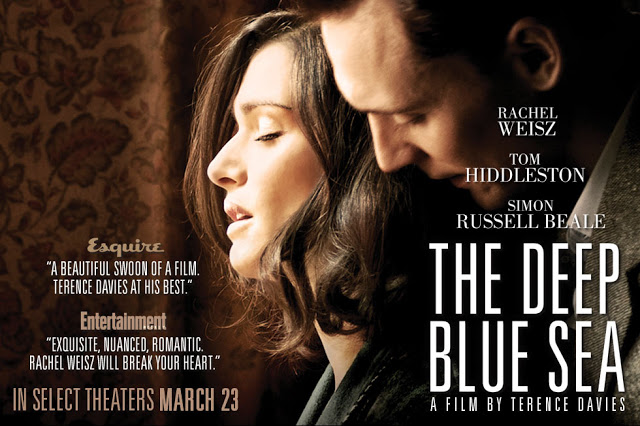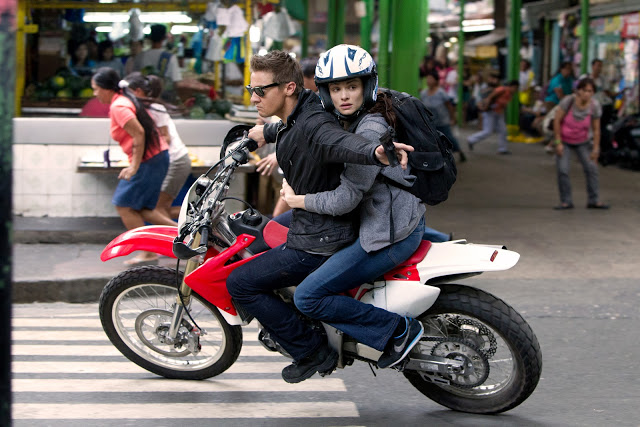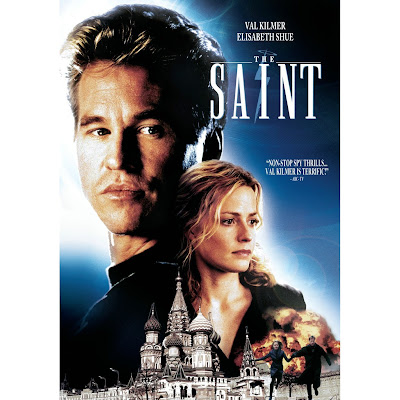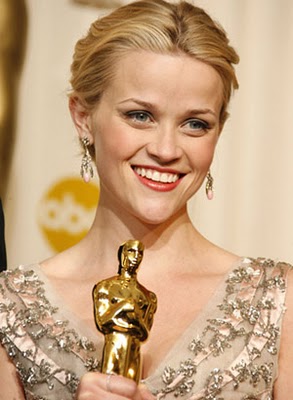Written by Rachel Redfern
Terence Davies’ 2011 film, The Deep Blue Sea, is based off the 1952 Terence Rattigan play of the same name and while it wouldn’t pass the Bechdel test, it is a film full substantive consideration, both strengths and flaws, of its female character; the film’s main premise hinges on the choices of it’s protagonist Hester Collyer, brilliantly acted by Rachel Weisz.
Hester is a women of education and status in 1950’s post-war England who is married to an affectionate and older high court judge, William (Simon Russell Beale). Hester’s marriage is one of comfort and companionship, surrounded by the consistent affections of her husband, but it lacks passion. Hester then begins an affair with a younger RAF pilot, Freddy (Tom Hiddleston): a heady, wild romance ruled by emotion and embodied by all the lust and anger that such a relationship brings. Ultimately, Hester leaves her husband before he agrees to give her a divorce and move in with Freddy (scandal!) a decision that places her between the devil and ‘the deep blue sea.’
Within the film, it could be seen as problematic that even though Hester is the main character, her choices, and even her world, revolve around the two men in her life and of course her choice between them; however, this slow, character-romance, deserves a deeper look.
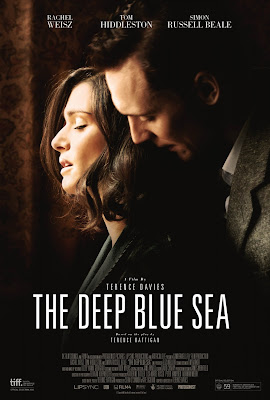 |
| Rachel Weisz and Tom Hiddleston |
The film is told in one day at the flat Hester shares with Freddy through a series of flashbacks; these flashbacks follow on the heels of a suicide attempt, an event, which then becomes the impetus for her break-up with Freddy and another choice she must make about her future. It’s a grisly catalyst that highlights Hester’s sense of desperation and I think, a feeling of being lost.
Hester is a woman craving life and passion but who is, of course, bound by duty; a plot that might seem overly familiar in its use, but because of its frequency we should consider the sad truth of its existence and representation as a struggle for many women. The Hours, Stephen Daldry’s excellent film (story by Michael Cunningham) about four women, presents the same familiar situation of the restlessness and searching for something more that was and is such a huge part of the female experience. It even put me in mind of Bette Friendan’s The Feminine Mystique and everything that she tried to piece together and understand about the frustration and extreme sense of duty that many women have felt throughout the years.
It is important to note that, as in so many of these stories, it is Hester’s sexual desire that also leads her into the mess and at the same time, out of dreary dark of her early life. Perhaps this is a function of the time in which the story was originally written (1952), but I would instead hope that it was more of a recognition of the great need for larger sexual experiences that influenced its central place within Rattigen’s story. The fact that many women still lived in a fairly sexually repressive society during this time (and unfortunately still do in many places) is no secret; Hester’s experiences with sexuality, lust and intimacy are a significant part of her transformation and the beginning of her journey into a (hopefully) more self-aware life.
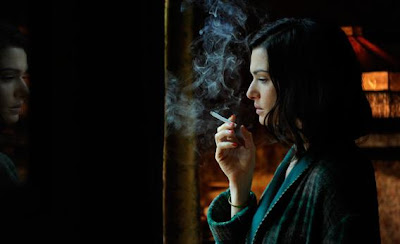 |
| Rachel Weisz in The Deep Blue Sea |
The Deep Blue Sea’s brilliance as a film is in the maddening silences and in the horrific feeling of helplessness that Hester emotes as she moves about her apartment and interacts with the small cast; these obvious feelings of entrapment are often shown by the limited space in which Hester resides and her long deliberations at the dingy window. There is a lack of light present throughout the movie: a literally dark look to the setting and an abundance of shadows which contribute to Weisz’s own performance as a woman suffocating and dying from a lack of something (the something of course being both a lack stability and passion and something additionally indefinable).
As the film progresses though and the flashbacks bring us closer to the end of this long day, things begin to unravel further: I appreciated that the film was able to explore the binary that exists between choices that we can control and choices that are made for us. For instance, in one scene, Hester begs Freddy to return home with her and as the audience, you can’t help but shout at the screen, “No! Don’t go down that road, keep your dignity, don’t be the girl who begs!” but deep down there’s the recognition that while uncomfortable to see, it is also Hester’s way of trying to hang on to the one thing in her life that made her feel alive for a little awhile, even if it is the very thing that makes her want to die at the same time. It is the intersection of these choices that creates potential for the future and unravels Hester’s present choices.
It’s apparent by the end of the film that Hester’s choices have completely pushed her out of a comfortable, if numbing life, and she must attempt to finally pull the pieces up around herself in order to move forward. I believe it’s very telling that the final shot is of Hester walking away, fully alone, as she goes into the future without the desires of her husband or lover influencing her. I love these sort of endings though; endings that, while not necessarily the girl-and-boy-happy-together-forever ending of so many romantic comedies, show a character moving into a space of possibilities of their choosing, a moment of an independent future where the character is finally choosing for themselves.
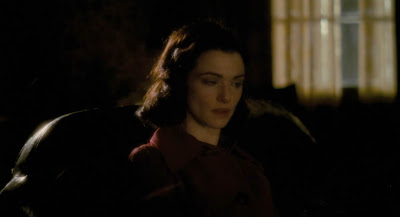 |
| Rachel Weisz in The Deep Blue Sea |
The Deep Blue Sea and Rachel Weisz were nominated for several different awards in the categories of Best Film and Best Actress at the Golden Globes, New York Film Critics Circle (won), the London Film Critics Circle, and the BFI London Film Festival among others. The film is beautifully shot and wonderful in its ability to conjure up a feeling of recovering, post-war England; likewise the acting is beautiful without being heavy-handed and Rachel Weisz is incredible in her role as Hester. The film does move slowly however, and I personally would have liked even more flashbacks, especially in showing the development of Freddy and Hester’s relationship and how that affected her.
While again, some viewers could see it as problematic that so much of Hester’s character revolves around the men in her life, I think it’s a worthwhile exploration of romance and duty and the way that the two often interact, especially from a female perspective. Besides, romance, lust and love are massive emotions that do dominate a significant portion of our lives; I think its productive and important to tell stories that highlight such a substantial aspect of humanity.
Rachel Redfern has an MA in English literature, where she conducted research on modern American literature and film and its intersection, however she spends most of her time watching HBO shows, traveling, and blogging and reading about feminism.






